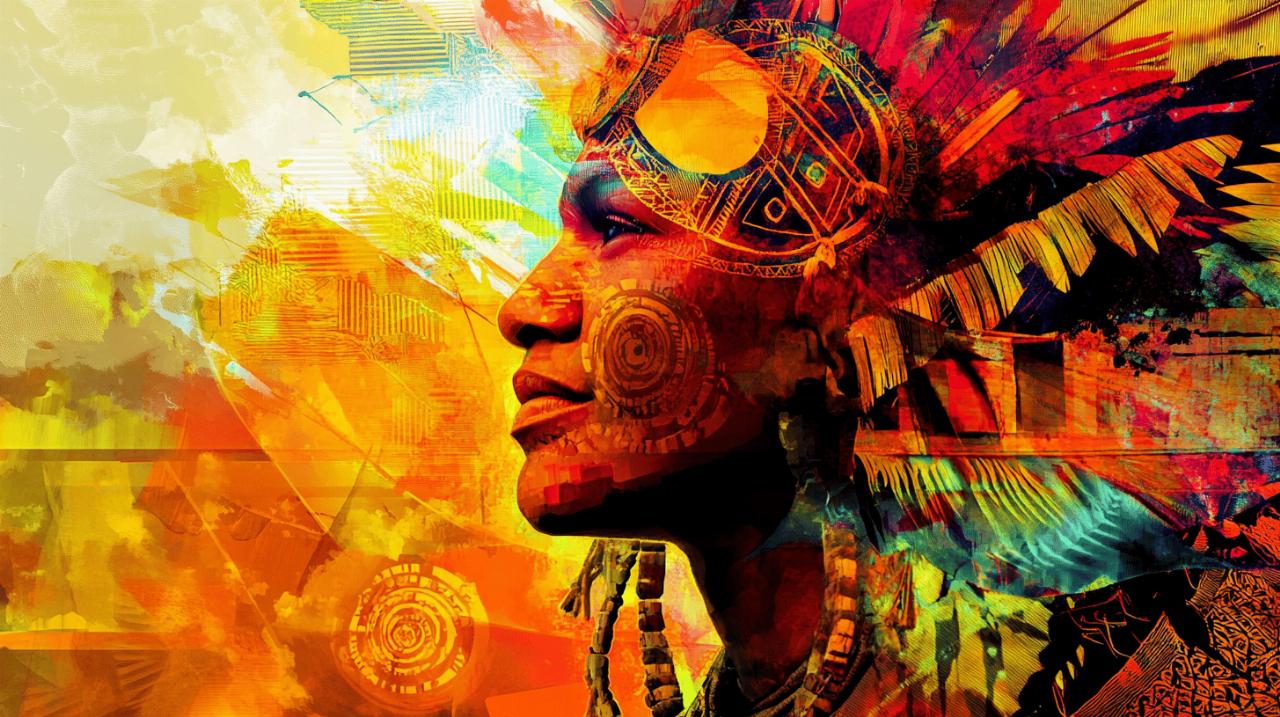Exploring cultural identities in new caledonia
The South Pacific’s French territory of New Caledonia presents a fascinating window into how diverse cultures coexist and evolve within a unique island setting. Situated east of Australia, this archipelago serves as a living museum of cultural exchange, where indigenous traditions meet colonial influences and modern multicultural dynamics. At Walkabout Travel, we’ve been exploring the rich tapestry of identities that make this destination so culturally compelling beyond its reputation for stunning beaches and world-class diving.
The historical layers of new caledonian society
Understanding New Caledonia begins with acknowledging its complex past. When James Cook arrived in 1774, naming the islands after Scotland, he encountered a vibrant indigenous society already rich with tradition and connection to the land. This initial contact would eventually lead to France taking possession in 1853, setting in motion a cultural interplay that continues to shape the territory today.
Indigenous kanak heritage and land connection
At the heart of New Caledonian identity lies the Kanak culture, representing the archipelago’s original inhabitants. The term ‘Kanak’ itself derives from local languages where it signifies ‘human’ or ‘man,’ reflecting the deep philosophical underpinnings of their cultural worldview. Kanak society maintains profound connections to the land, with social structures organized around clan systems that determine relationships with specific territories and natural resources. This indigenous heritage manifests through an extraordinary linguistic diversity, with over 28 distinct languages spoken across the islands, each representing unique cultural knowledge and perspectives.
Kanak cultural expression finds voice through traditional art forms and craftsmanship, including intricate wood carvings, weavings, and distinctive circular huts that reflect cosmological beliefs. Their relationship with the environment embodies principles of stewardship and sustainability, concepts increasingly relevant in contemporary conservation discussions. Despite historical pressures, cultural revitalization efforts have strengthened indigenous identity through language preservation, festivals, and artistic innovation, particularly visible at the Jean-Marie Tjibaou Cultural Centre in Nouméa, an architectural marvel dedicated to Kanak heritage.
Colonial legacy and french cultural imprint
The French presence in New Caledonia has left indelible marks on the cultural landscape since colonization began in the mid-19th century. After functioning as a penal colony, the territory officially ceased being a colony in 1946, though French influence remains paramount in governance, education, and daily life. The descendants of European settlers, known locally as ‘Caldoches,’ have developed a distinct identity blending French traditions with Pacific influences, creating unique cultural expressions particular to New Caledonia.
Nowhere is this Franco-Pacific fusion more evident than in Nouméa, the capital city. Here, colonial architecture stands alongside modern developments, while French bakeries and cafés line streets named after European figures. The educational system follows French standards, and French remains the official language of administration and commerce. This cultural layering creates an interesting juxtaposition where European sensibilities meet Pacific aesthetics, visible in everything from cuisine to urban planning approaches. 
Contemporary cultural mosaic
Today’s New Caledonia represents a vibrant cultural mosaic where historical influences continue to evolve alongside newer cultural contributions. With a population of approximately 270,000 people, the territory has become home to multiple communities that each add distinctive elements to the collective identity. This diversity manifests in festivals, cuisine, arts, and everyday social interactions that make New Caledonia a fascinating study in cultural coexistence.
Melanesian, polynesian and asian community contributions
Beyond the indigenous Kanak population and French influence, New Caledonia hosts significant Melanesian, Polynesian, and Asian communities that contribute to its cultural complexity. Polynesian influences from Tahiti, Wallis, Futuna, and Vanuatu have brought distinctive music, dance, and culinary traditions that have become integrated into the broader cultural fabric. Asian communities, particularly Vietnamese and Indonesian, established during various waves of migration, have introduced cultural elements that now form part of New Caledonian identity, especially noticeable in the diverse food scene.
These multicultural contributions have created cultural fusion points throughout the territory. Markets feature produce and prepared foods from various traditions, festivals celebrate diverse cultural expressions, and contemporary arts often draw from multiple cultural wellsprings. The presence of these communities has enriched New Caledonian society while also adding complexity to questions of identity and belonging in a territory still navigating its political relationship with France.
Everyday Life and Cultural Expression in Modern New Caledonia
Daily life in contemporary New Caledonia reflects this cultural diversity through numerous expressions and experiences. In cuisine, traditional Kanak dishes like Bougna, where ingredients are wrapped in banana leaves and cooked in earth ovens, share table space with French pastries, Vietnamese pho, and Polynesian fish preparations. Cultural festivals throughout the year celebrate different heritages, from the Avocado Festival to the Taro Festival, providing immersive experiences for both locals and visitors seeking cultural understanding.
Tourism increasingly emphasizes authentic cultural experiences, with opportunities for tribal stays that allow visitors to engage directly with Kanak communities and learn about traditional practices. The natural environment plays a crucial role in modern New Caledonian identity as well, with the UNESCO World Heritage lagoon, the second-largest barrier reef in the world, representing both cultural significance and economic opportunity. Sustainable initiatives, including the Natural Park of the Coral Sea protecting 10% of waters and reforestation programs that have restored over 500 hectares of forest, demonstrate a commitment to environmental stewardship rooted in both indigenous values and contemporary conservation science.
As New Caledonia looks toward increasing tourism, with goals of reaching 200,000 annual visitors by 2025, cultural identity continues to evolve. The territory stands as a compelling example of how historical influences, indigenous traditions, and multicultural contributions can create a unique society where multiple identities coexist, interact, and transform one another in an ongoing cultural conversation.


